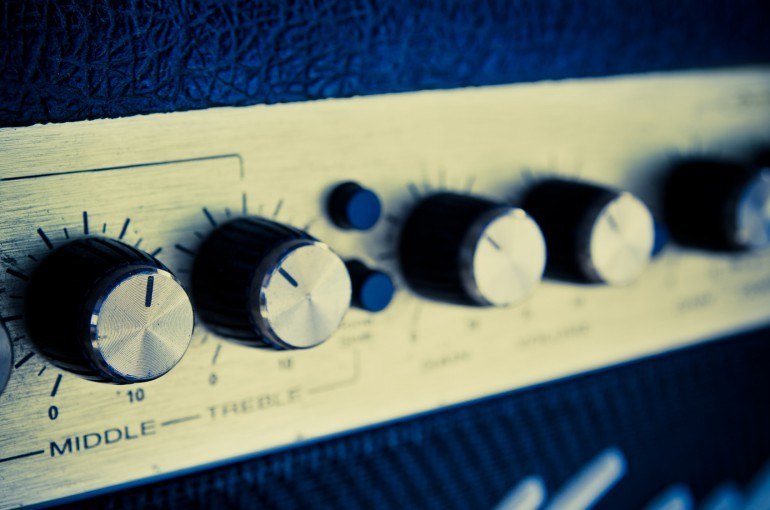Why Do Equalizers Sound Different? Part 2: Implementation
After last week’s toe-dipping into the theoretical design of equalizers, let’s get serious and look at how decisions regarding their real-life implementation affect the outcome.
Understanding Negative Feedback
Today we dive a littler deeper into electronics and look at an important technique used to keep nonlinear distortion in check: negative feedback!
Analog Summing Demystified Part 2 – Thinking Outside the Summing Box
We continue our journey through the world of analog summing with a detailed look at active summing networks. After that, we’ll recap what we now know about the analog summing myth and start thinking out of the summing box.
Analog Summing Demystified – Part 1: An Introduction
Today, we are entering the dangerous territory of one of the most reliable causes for flame wars on audio forums: analog summing boxes!
It is essentially a recreation of the part of an analog mixing console that actually mixes all the channels together. The promise is to provide a bit of “console sound” while otherwise still working “in the box“. In this two-part series, we’ll analyze analog summing circuits thoroughly and try to find out what there is to it. Today’s article is about introducing you to the basics of analog summing circuits and the first of two typical types of these circuits – the passive summing network. Next week we’ll look at the active summing network and think about how we can apply what we learned to think outside the summing box.



